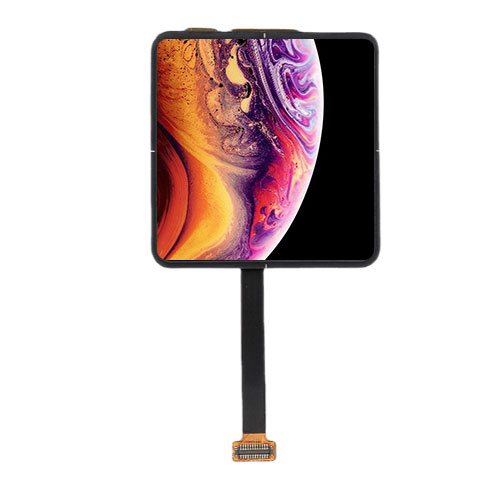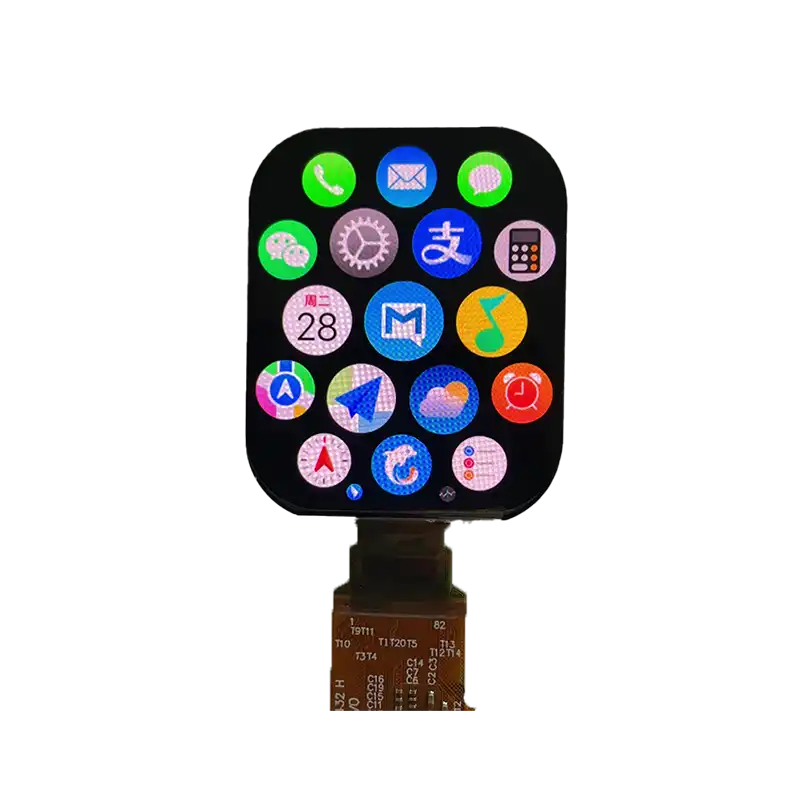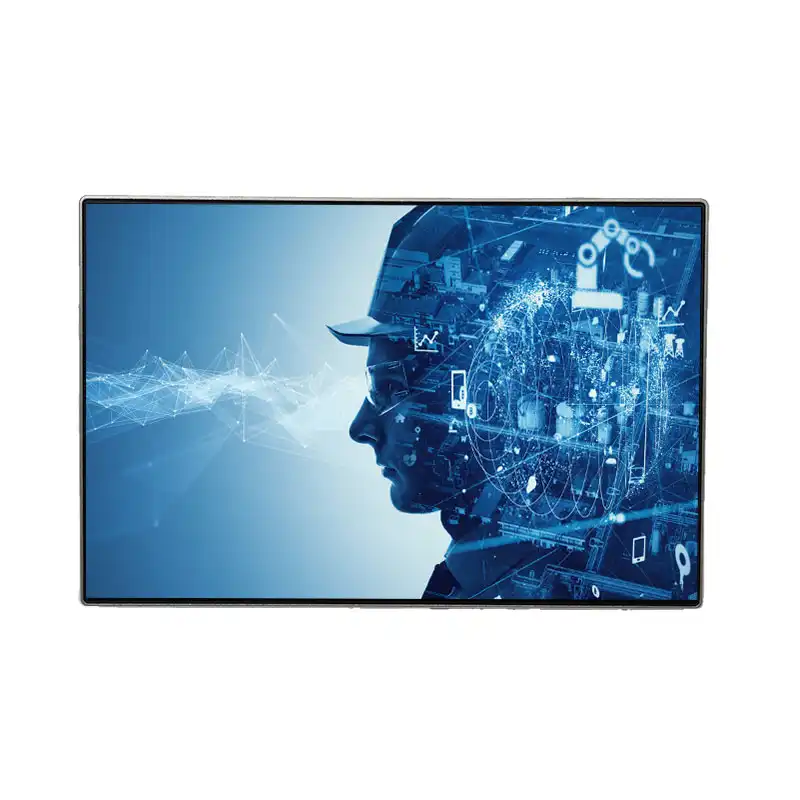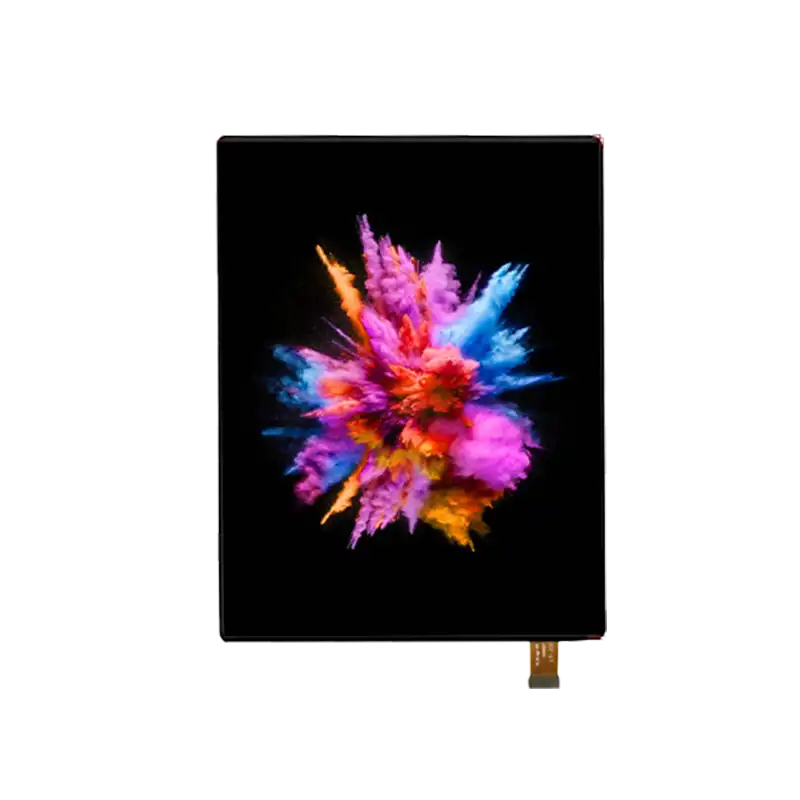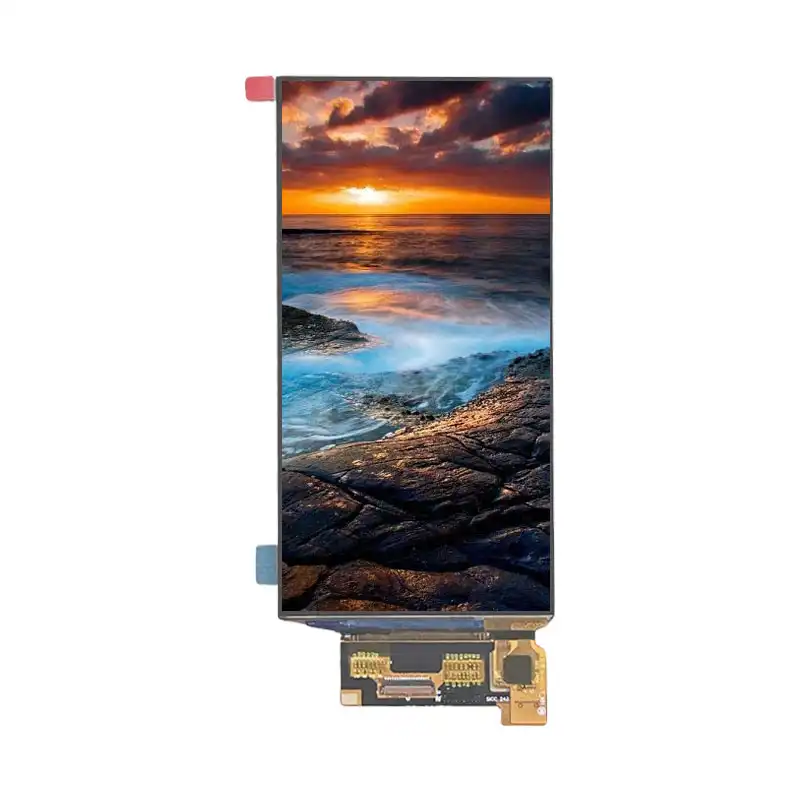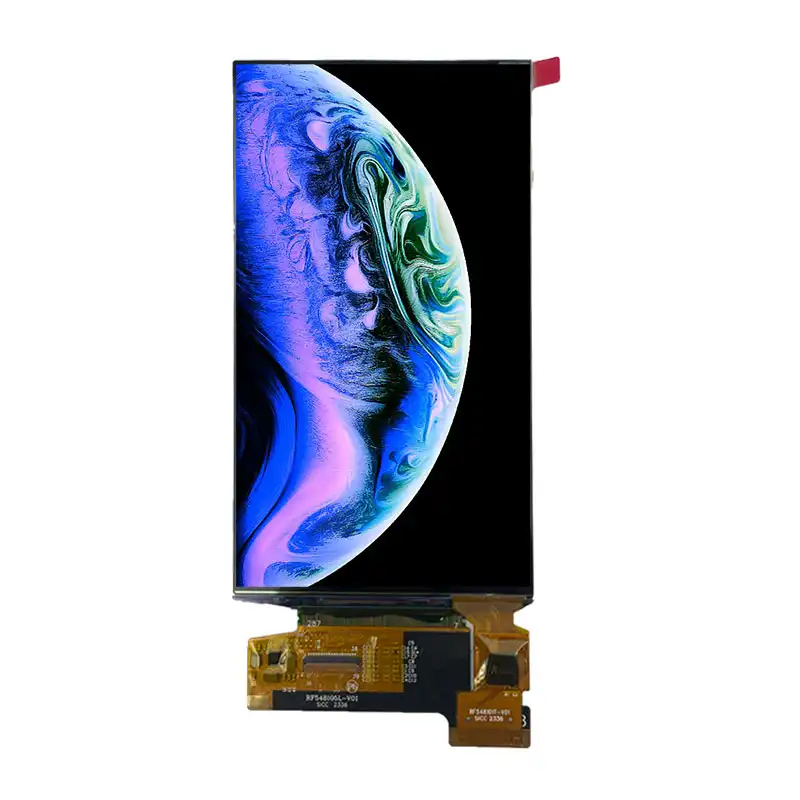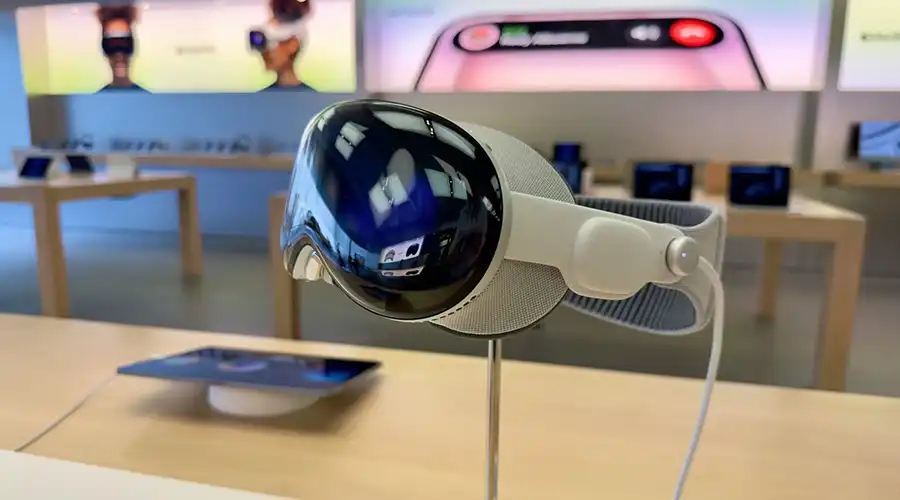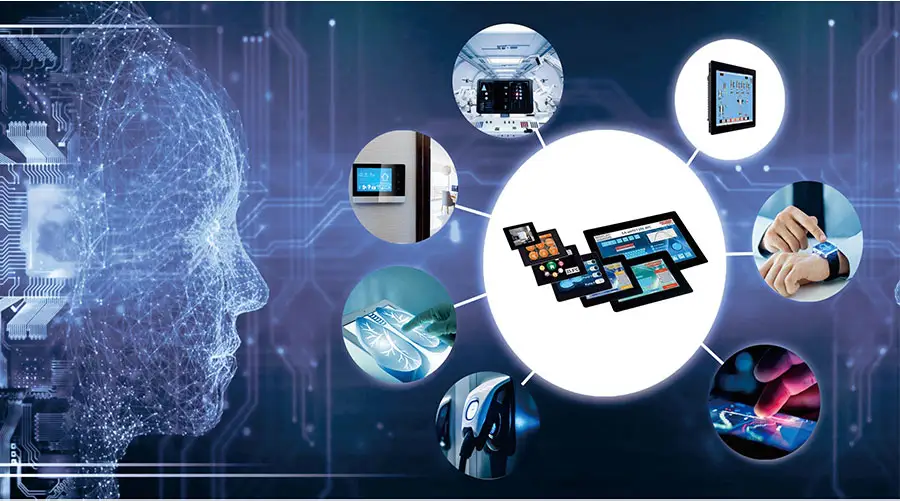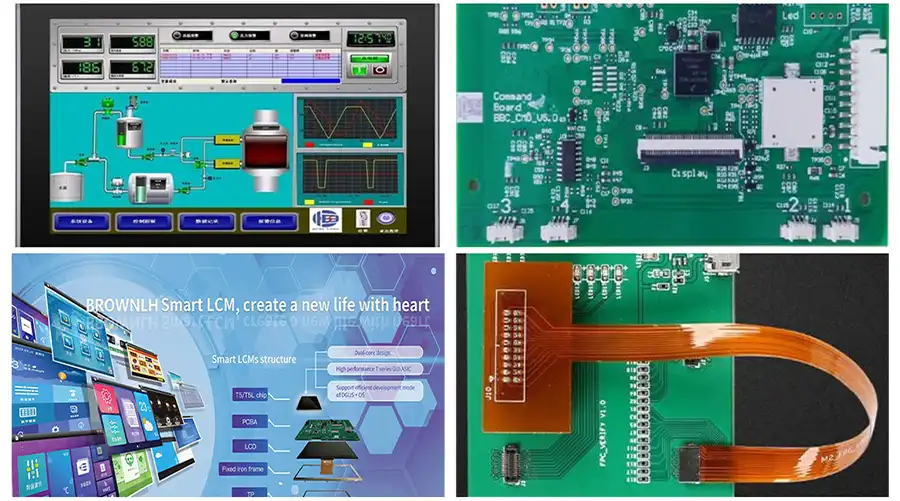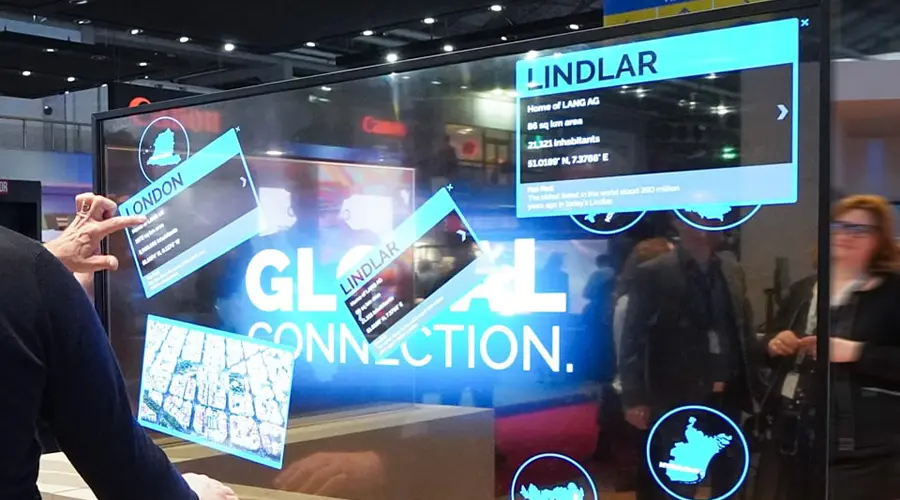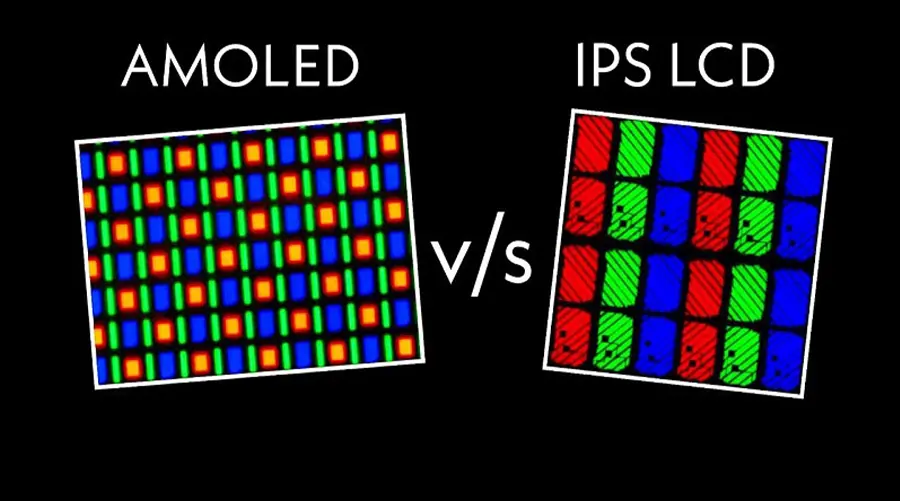By 2025, OLED (Organic Light-Emitting Diode) technology has transitioned from luxury smartphone displays to the foundation of a new visual era. No longer confined to flat rectangles, OLED now powers wearables, medical patches, automotive dashboards, and immersive AR interfaces. Its self-emissive pixels — producing light individually — enable ultra-thin, flexible, and energy-efficient displays that shape how humans perceive digital information.
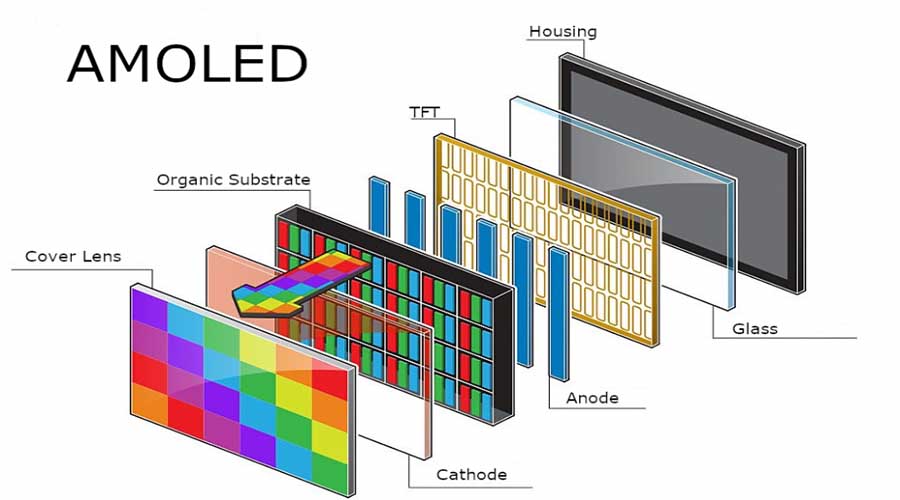
1. The Evolution of OLED
Once a niche research subject, OLED matured through the 2010s as display giants refined materials, deposition processes, and drive electronics. The early 2020s witnessed commercialization beyond mobile devices — foldables, automotive glass panels, and transparent signage. By 2025, OLED had split into multiple specialized branches: traditional AMOLED for mobile, microOLED (OLEDoS) for AR, and hybrid printed OLED for large, sustainable fabrication.
Unlike LCDs, OLED emits its own light per pixel, eliminating backlights. This reduces thickness, improves contrast (true blacks), and allows for flexible or transparent substrates. Modern OLEDs incorporate LTPO backplanes, advanced encapsulation, and AI-based compensation to mitigate burn-in. Combined, these qualities make OLED the most human-centric display medium ever created.
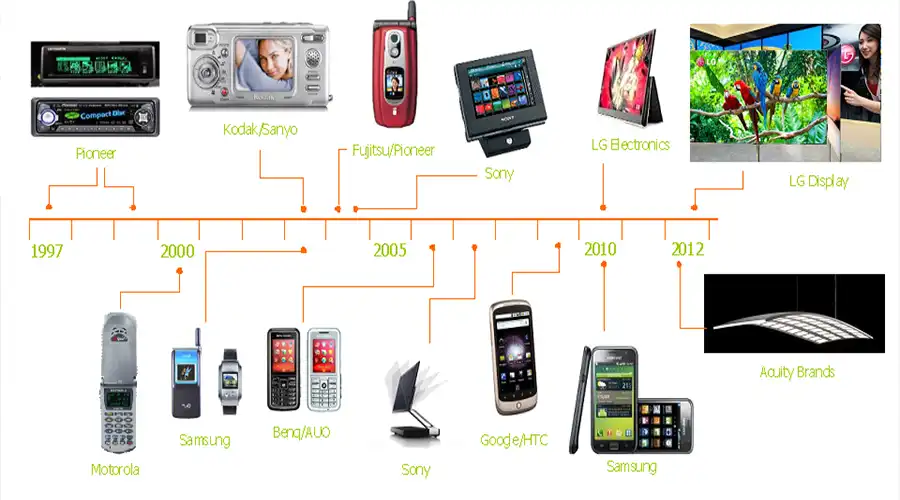
2. OLED in Wearables
Smartwatches and fitness trackers were the earliest mass-market validation for OLED. The curved, vivid, low-power displays enabled ergonomically sound devices with superb readability in outdoor settings. The flexibility and color precision of OLED perfectly fit wrist-mounted or textile-integrated use cases.
By 2025, wearable OLEDs have advanced to micro-thin modules embedded into medical sensors and skin patches. Real-time glucose, hydration, or oxygen monitoring now occurs on surfaces that breathe and flex. These displays can even remain partially transparent—showing vital data on the skin without blocking natural tone.
“OLED wearables exemplify where technology meets biology — responsive, adaptive, and almost invisible.” – Dr. Aiko Sato, Biotech Lab Tokyo
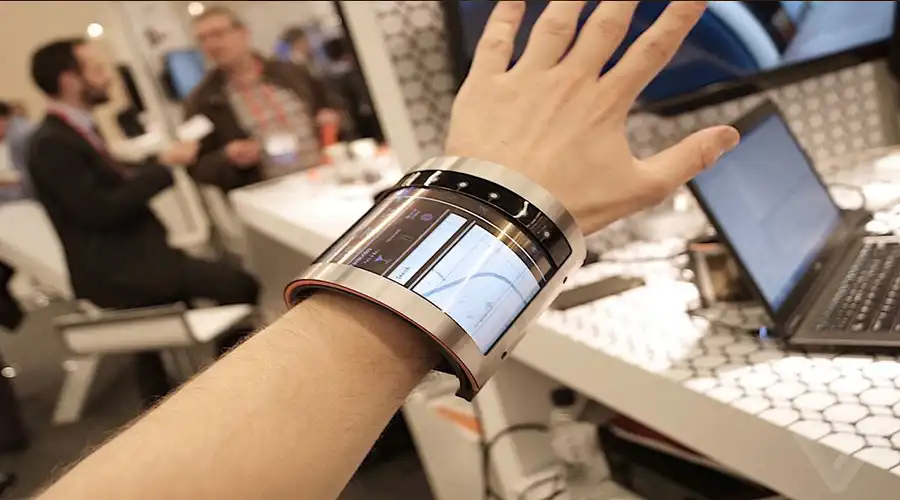
3. The Leap to AR Glasses
The 2025 AR revolution owes its realism to OLED-on-silicon (OLEDoS) technology — microdisplays with pixel densities exceeding 4000 PPI. These panels fit inside lenses mere millimeters thick, projecting crisp overlays across the user’s natural field of view. Unlike laser or LCD-based HUDs, OLED’s instantaneous contrast and deep black blending let virtual elements coexist believably with real-world objects.
The consumer market now enjoys lightweight AR eyewear capable of persistent data overlays — navigation arrows on roads, live captions in conversations, or contextual translation in travel. OLED’s self-luminous structure ensures privacy, rendering images visible only to the wearer’s pupils. Industries from surgery to engineering use similar optics for precision overlays and low-latency collaboration.
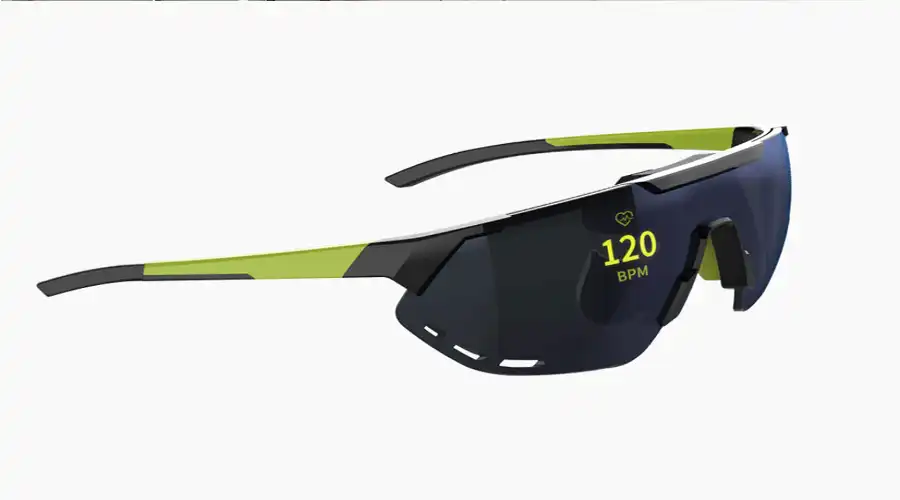
4. Transparency and Flexibility
Perhaps the hallmark of OLED design freedom lies in its material versatility. Transparent and foldable OLEDs now populate architecture, automotive dashboards, and appliances. Such displays deliver illumination and information without disturbing spatial design flows. Modern transparent OLEDs achieve over 70% light transmission, allowing unobstructed visibility behind onscreen graphics.
In industrial and vehicular design, OLED’s bendability permits dashboards and control panels to wrap around surfaces smoothly. Future concept vehicles already incorporate flexible OLED skins capable of displaying exterior signals, branding, or warnings directly on body panels. This is technology becoming texture—functional and aesthetic at once.
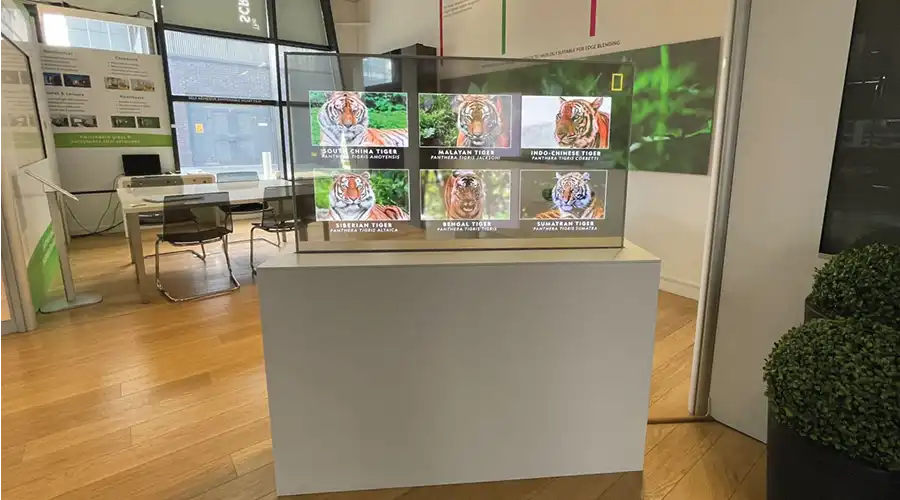
5. The Visual Aesthetics of OLED
OLED’s impact on human emotion is profound. The infinite contrast ratio—true black against vibrant hues—mimics the way our eyes perceive natural light. Designers leverage pixel-level dimming to craft interfaces that breathe rather than blink. Notice how smartwatch notifications fade in softly, or AR arrows ghost into view as if whispering directions rather than commanding attention.
In Entertainment and Storytelling
The entertainment sector harnesses OLED for cinematic AR installations, where displays serve as dynamic surfaces of storytelling. The low-latency response and near-zero motion blur elevate immersive gaming and virtual production environments, blurring boundaries between physical and digital frame rates. Artists now paint light directly — pixels as brushstrokes of imagination.
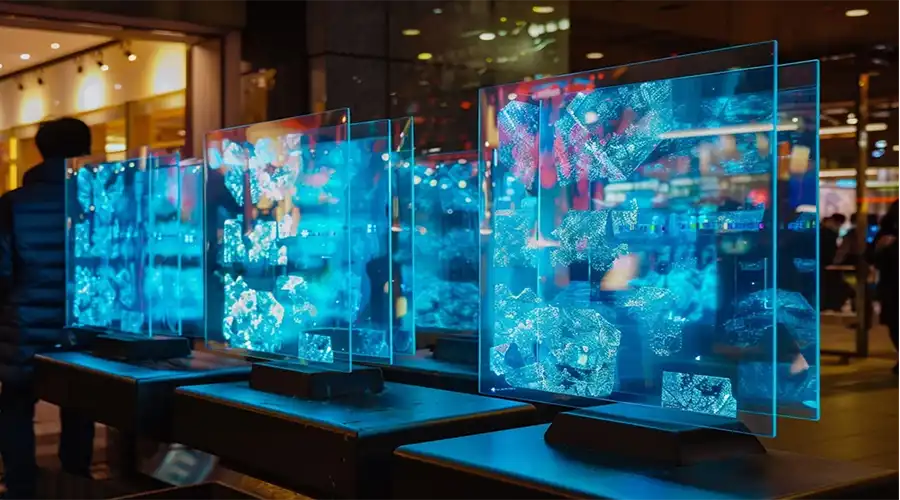
6. Sustainability and Efficiency
OLED’s environmental footprint continues to shrink as printable organic inks and recyclable substrates replace energy-intensive vacuum deposition. Without backlights and with reduced rare-metal dependency, OLED devices consume less power. Companies are exploring bio-based polymers for light-emitting layers and graphene for transparent electrodes, fostering a circular-material economy.
Meanwhile, energy management technologies—adaptive refresh, motion-triggered lighting, and deep sleep states—extend device lifecycles. Flexible OLED films also support modular repairability, reducing electronic waste. Sustainability is no longer a marketing term; it's embedded in OLED’s DNA.
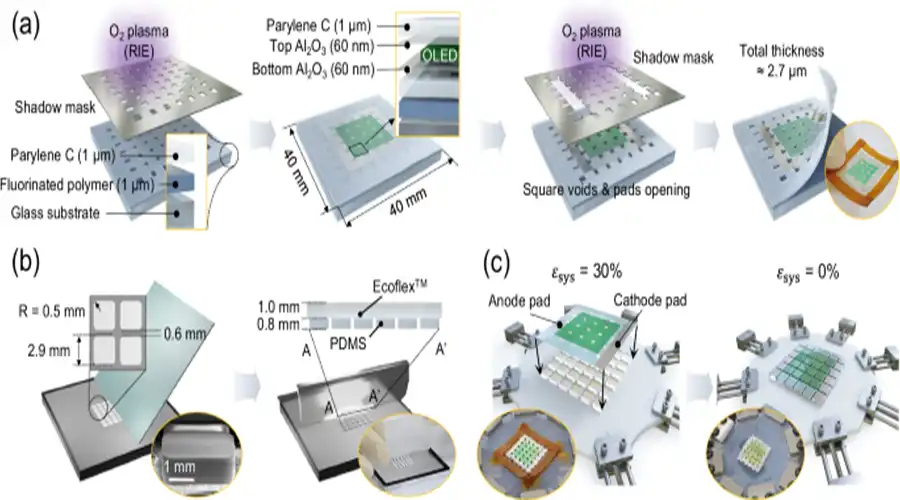
7. The Future – Toward Ambient Intelligence
The “post-screen” era is dawning. OLED displays are merging into material environments, enabling ambient intelligence. Walls, mirrors, and objects now carry light-emissive logic. OLED’s adaptability transforms every surface into a contextual interface—subtle, human-centered, and reactive to presence.
Onderzoek versneltQuantum-dot OLED (QOLED)Enfotonische micro-OLED'sdie de helderheid en het spectrum aanpassen aan individuele ogen. Stel je een bril voor die automatisch de kleurtemperatuur in de omgeving aanpast, of AR-lagen die dynamisch de scherptediepte aanpassen. Naarmate visuele grenzen vervagen, wordt OLED niet alleen een scherm, maar het medium van de waarneming zelf.
“Het lot van OLED is onzichtbaarheid – wanneer display en werkelijkheid niet meer van elkaar te onderscheiden zijn.” – Hiroshi Tanaka, NEXVision Labs
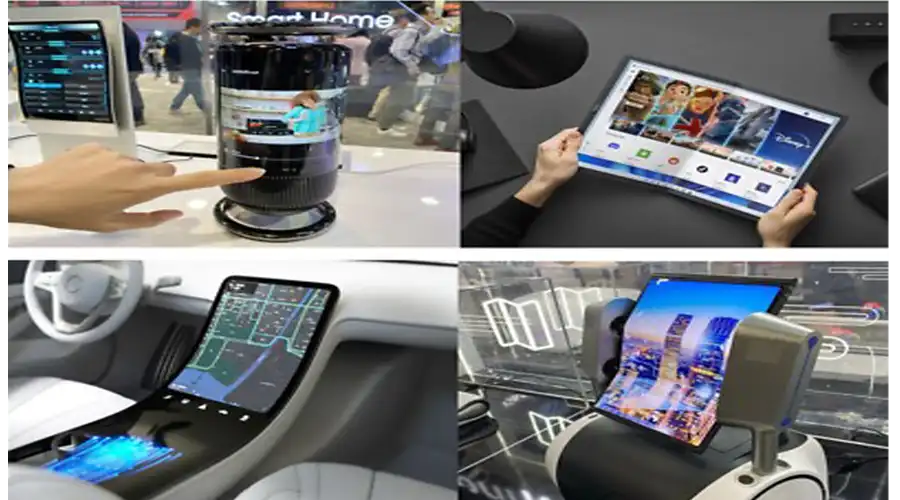
Veelgestelde vragen
Wat veroorzaakt OLED-inbranding en hoe kan dit worden voorkomen?
Inbranden treedt op wanneer organische materialen ongelijkmatig afbreken door langdurige weergave van statische beelden. Preventie hiervan omvat het gebruik van automatisch dimmen, time-out van het scherm, pixelverschuiving, logo-dimfunctie en het vermijden van hoge helderheid voor statische content.
Zijn OLED-schermen geschikt voor buitenomgevingen of omgevingen met hoge helderheid?
Standaard OLED's hebben moeite met direct zonlicht. Modellen uit 2025 beschikken echter over een hogere helderheid en antireflectiecoating. Gespecialiseerde OLED's met hoge helderheid dichten de kloof met Mini-LED's voor zichtbaarheid bij daglicht.
Hoe lang gaan OLED-schermen doorgaans mee?
De levensduur van moderne OLED-schermen varieert van 50.000 tot 100.000 uur vóór de halve helderheid (L50). Nieuwe materialen met blauwe emitters verlengen deze levensduur nog verder, waardoor commerciële levensduur vergelijkbaar is met die van LCD-schermen.
Kunnen OLED's worden gebruikt voor always-on displays?
Ja — OLED is ideaal voor AOD (Always-On Display) omdat alleen verlichte pixels stroom verbruiken. Door gebruik te maken van lage helderheid en periodiek verschuivende content wordt differentiële veroudering geminimaliseerd.
Wat is het verschil tussen AMOLED en PMOLED?
AMOLED gebruikt een actieve matrix TFT-laag voor een hoge resolutie en snelle verversing, perfect voor smartphones en wearables. PMOLED stuurt pixelrijen en -kolommen passief aan, beter voor kleine of statische indicatoren en lagere kosten.
Ondersteunen OLED-schermen touchfunctionaliteit?
Laatste artikelen
-
Waarom 1-2" AMOLED's de sleutel zijn tot AR/XR in 2025
Waarom 1-2 inch AMOLED-schermen essentieel worden in de AR/XR-hausse (2025 Industry Insight)body {f
-
Understanding OLED Display Technology: Principles, Performance & Applications
OLED (Organic Light Emitting Diode) displays are a class of self-emissive display technology in whic
-
From Wearables to AR Glasses – How OLED Displays Are Redefining Visual Experiences in 2025
By 2025, OLED (Organic Light-Emitting Diode) technology has transitioned from luxury smartphone disp
-
LCD-schermen met uitgerekte staven voor de detailhandel: verhoog de omzet en betrokkenheid in supermarkten
Ontdek hoe LCD-schermen met uitgerekte staven de marketing in de supermarktschappen verbeteren, de verkoop stimuleren en de kosten verlagen.
-
Uitgerekte LCD-oplossingen voor restaurants en horecagelegenheden
Uitgerekte LCD's bieden strakke, zeer heldere displays die perfect zijn voor restaurantmenu's en horecagelegenheden.
Aanbevolen producten
-
2,0-inch vierkante HD OLED AMOLED-module 460 x 460 QSPI-interface
2,0" AMOLED-displaymodule met QSPI-interface voor industriële en embedded systemenKernspecificatie
-
2,06-inch OLED-scherm | Resolutie van 410 × 502 | 600 nits | SPI-scherm
De 2,06-inch AMOLED-displaymodule is speciaal ontworpen voor zware industriële omgevingen en beschikt over
-
7,0 inch AMOLED-displaymodule | 1280×800 hoge helderheid
De 7,0 inch AMOLED-displaymodule is een displayoplossing met hoge resolutie en brede kijkhoek, ontworpen voor
-
8,0 inch AMOLED-display 2480×1860 MIPI DSI-BROWNOPTO
8,0" FHD AMOLED-module met een resolutie van 2480×1860, MIPI DSI-interface en SPI-touch. Ideaal voor industriële toepassingen.
-
6,0 inch AMOLED-scherm 1080 × 2160 MIPI - BR600108-A1
6,0" FHD+ AMOLED-module met een resolutie van 1080×2160, MIPI 4-lane interface, helderheid van 360 nits. Ideaal
-
5,5 inch AMOLED-displaymodule - LTPS MIPI-paneel met hoge resolutie
Productpagina van de 5,5 inch AMOLED-module De 5,5 inch AMOLED-displaymodule

